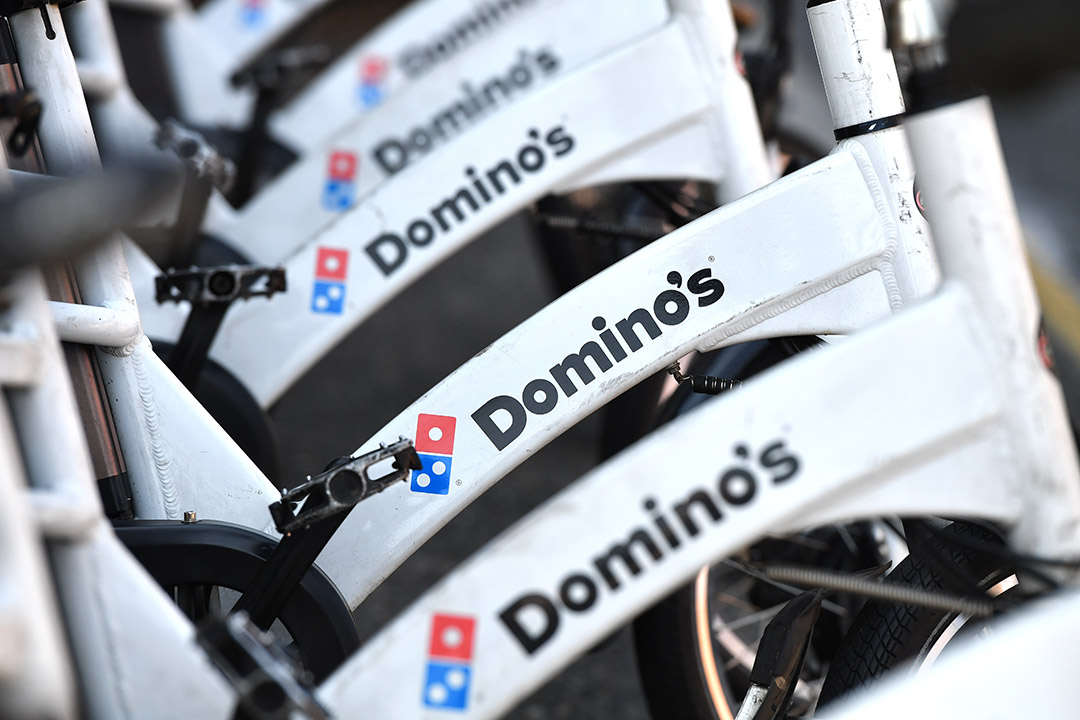

Australian retail investors have been prevented from taking a decent bite out of the fast food sector to date, which is a pity given its proven resilient qualities.
Market leader McDonald’s is listed in the US, but not here, while Red Rooster and Hungry Jack’s are privately owned. KFC’s ownership is more complex.
According to research house IBISWorld, the $20 billion fast food sector has grown at a steady 1% per annum over the last five years, with 2021 performance expected to dip 0.8% as a result of the pandemic that crimped in-house dining.
Amid these resilient trading conditions, the menu of ASX-listed plays is likely to expand, with Pizza Hut mulling a listing of its local operations.
The fast-growing Guzman y Gomez was also gearing up for a local IPO, but these plans were put on ice after funds manager Magellan took a 10% $86 million stake late last year. But never say never.
Pizza Hut is a daggy name here, although baby boomers would remember the all-you-can eat dessert bars with affection.
While Dominos Pizza Enterprises (DMP) has blitzed Pizza Hut on sales in recent years, private equity owner Allegro is renovating Pizza Hut’s operations including a streamlined menu and a tech overhaul – but no return of the germ-incubating dessert bars in these virus conscious times.
To date, investor choice has been largely limited to the all-conquering Domino’s and Collins Foods (CKF), which owns 244 KFC outlets, 152 in Queensland and 49 in WA.
Elsewhere, the KFC Australia outlets are largely owned by the New York Stock Exchange listed Yum! Brands (formerly Pepsico) and the Kiwi based Restaurant Brands (see below).
In another blow for all-you-can eat nostalgia, Collins last year closed the last nine of its Sizzler’s outlets, which had survived the dining trends since the1980s but fell victim to the pandemic with its dine-in only model.
Collins retains 64 Sizzlers outlets in Thailand and Japan – where the brand remains popular – and also has 13 Taco Bell outlets, 10 of them in Queensland.
For the time being, Collins Food’s fortunes hinge on the fortunes of KFC, with the chain facing elevated competition from key rival Red Rooster. Owned by Craveable Brands, Red Rooster has introduced a fried chicken menu that is more aligned to KFC’s – despite KFC changing its name from Kentucky Fried Chicken some years ago. (Red Rooster, by the way, used to be an awkward appendage of the Coles Myer empire).
In the midst of a pun-based advertising war that so far has avoided fowl play, it remains to be seen whether KFC or Red Rooster which customers will be the most ‘satisfried’.
With 9 to 12 new KFC outlets planned for the current year and 66 by 2028, Collins Foods can’t be accused of playing chicken in the perennial fight for the wallets and stomachs of price sensitive consumers.
In a pre-Christmas update, Collins Foods reported a hearty 12% boost in same-store sales for the 24 weeks to October 18. Revenue rose by 11 per cent to $500 million, but its reported profit slid 19% to $16.5m after $3.3m of Sizzler closure costs were taken into account.
With an increasingly international focus, Domino’s is scheduled to report its first (December) half numbers on February 17.
At its November 30 strategy day, Domino’s key ‘takeaway’ message for investors was improving profitability for its underperforming Japanese operations and also better profitability in Germany and France on the back of increased average orders.
In Germany, online order sizes have averaged €22-25 ($34-39), compared with only €9 for pick-up orders.
“When a large franchise has strong momentum and franchisee profitability is strong this leads to an increased appetite for new stores – Domino’s largest growth driver,” notes broker Morgans.
A key threat for Domino’s is rising cheese prices which can cost a motza (rella), given the processed dairy derivative is the chain's biggest ingredient cost.
Valued at a hearty $15 billion, Domino’s consistently has trade on elevated earnings multiple – currently around 33 times expected current year earnings. The company has had its glitches along the way but has delivered for customers as well as investors: the shares listed in may 2005 at $2.20 a share.
Despite KFC’s solid showing, Collins shares have marked time over the year, with the company valued at $1.15 billion (including net debt of $170 million). The stock listed in August 2011 at $2.50 a share.
Restaurant Brands (RBD)
The Auckland based but dual listed Restaurant Brands is often overlooked in the pantheon of quick service restaurant plays, but is fast expanding from its home base.
The company’s original remit was acquiring the NZ rights to KFC and Pizza Hut. But the company acquired 63 KFC outlets in NSW and then in December 2019 shelled out $US73 million ($95m) for 70 KFC (or combined KFC/Taco Bell stores) in southern California.
The company’s December half performance was virus affected, with revenue down 13 per cent to $NZ383 million ($358m) and net profit declining 43 per cent to $NZ11.4m.
The company derived just under half of its revenue from its home turf and roughly one quarter from Australia and the US: a balanced diet in investor terms.
Oliver’s Real Food (OLI)
Unlike its unhealthier fast food peers, Oliver’s hasn’t benefited from the pandemic because its stores are located on the main arterial highways.
Lockdowns equal no traffic, except for burly truckies who aren’t exactly Oliver’s target market.
Has not been a healthy choice for investors, having listed in June 2017 at 20 cents a share. The stock traded as low as 2 cents in mid 2019.
Oliver’s redemption lies with a licensing agreement with EG, by which the service station owner stocks Oliver’s fare at its outlets, with discrete shelving and signage under the Oliver’s Food to Go banner. EG in March last year lobbed a 10c a share takeover offer for Oliver's as a whole, but the unfolding pandemic put paid to that.
Oliver’s retains the IP and benefits from any uptick in goodwill from this “franchise in a fridge” arrangement which has so far been implemented at 114 EG servos
The dire effect of the bushfires and the pandemic meant that Oliver’s reported a $17.5 million loss in the 20019-20 year. But as chairman Jason Gunn told holders at last Friday’s virtual AGM, an underlying loss of a mere $70,000 was the “best possible outcome”
Management didn’t take a punt on current-year guidance. But in the short to mid term, Oliver’s should be in a better spot with tis organic, vegan, gluten free alternatives so beloved of millennials.
We’re not so sure what travelling toddlers will think of the green bean ‘chips’, though.
Oliver’s is currently valued at $20 million. The stock is well worth keeping on the investment menu, assuming it can emulate Collins Foods turnaround experience.
Disclaimer: The companies covered in this article (unless disclosed) are not current clients of Independent Investment Research (IIR). Under no circumstances have there been any inducements or like made by the company mentioned to either IIR or the author. The views here are independent and have no nexus to IIR’s core research offering. The views here are not recommendations and should not be considered as general advice in terms of stock recommendations in the ordinary sense.